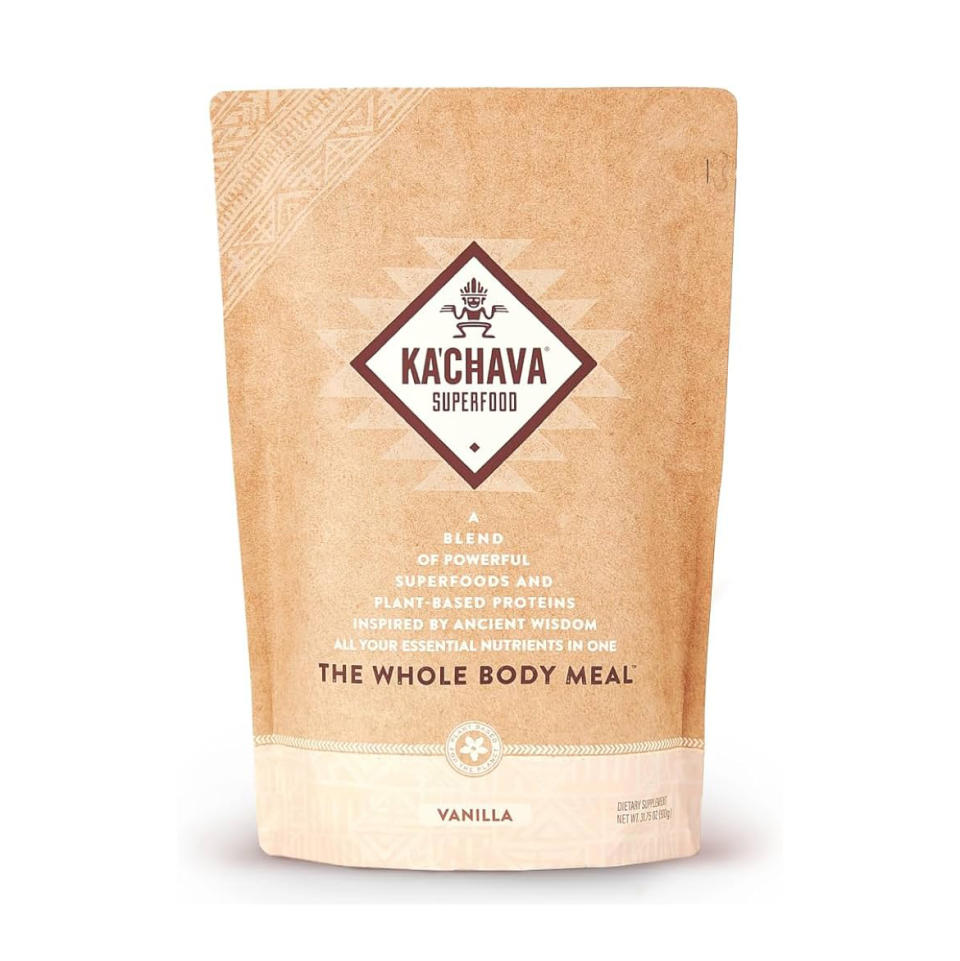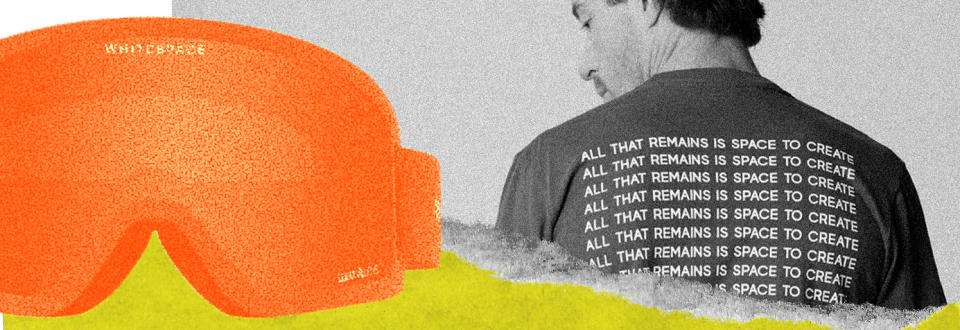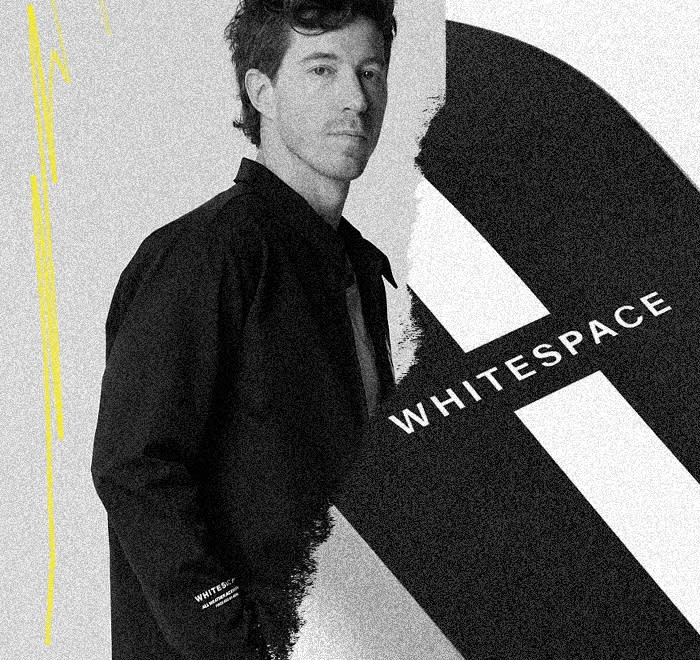Shaun White’s Crowded Boardroom
- Oops!Something went wrong.Please try again later.
- Oops!Something went wrong.Please try again later.

Shaun White, the only snowboarder you might recognize, is propped up in the back room of High West Distillery’s Saloon Bar in Park City, Utah. He’s in the high powder of a press day and in over three hours has landed a seemingly endless series of acrobatic sentences that each start with something personal and end in a high-proof endorsement. He’s really good at this. Shaun White-level good.
It’s all about reps. On the day we speak, White is not only the voice of High West, but the face of the Moncler Grenoble collection, and a Ka’Chava plant protein-sponsored athlete. For White, who made the transition from long red curls to a short, professional-length haircut (more brown than red) in 2012, this is a Wednesday. He’s busy. He’s a bit in the air at the moment. He’s happy to work with High West but also focused on Whitespace, the board company he rolled out in earnest two years ago. He’s maybe a few years away from paying other athletes to endorse his products, but not ready to leave that hustle behind.
Today's Top Deals

Ka'Chava: The All-in-One Nutrition Shake
Buy Now $69.95
Ka’Chava is a daily superfood blend made with 85+ nutrients and plant-based ingredients including chia seeds, organic blackberries, ginger, reishi mushrooms, and more.
This is what happens to superstars. Jordan, Gretzky, and Brady all endorsed and endorsed until those endorsements provided them with the cultural (and real) capital to launch their own brands. But not all of them stuck it and, as one might imagine, not sticking it is precisely the thing that keeps Shaun White up at night. It’s his animating anxiety, which is ironic because he owes his fame and fortune to the fact that he always understands how he’s positioned, even when he’s upside down.
“People just kept saying my name like it’s this thing,” White says, remembering how it first felt when he broke through as a kid (his first sponsorship deal was struck when he was seven) and what it felt like for his name to become very much a thing. “I think early on in my career I realized that I wasn’t going to set myself up with an amazing future just making money on the field of play.”
Now that he’s off the field of play, his future is clear. He’s going to be CEO. He’s going to make snowboards, snowsport apparel, and workout gear. He’s going to try to build something big on top of what he’s already built.
White is deeply proud of the brand and he should be. The quality is high and the branding is cool and minimal in exactly the way that everything about the X Games (save for its relatively new Knuckle Huck discipline) is not. But White is a disciplined guy. He understands timing. And it’s not yet time to do just one thing.
“When I was sponsored, I was always thinking about that,” says Laird Hamilton, the big-wave surfing pioneer. “After all the resources that have gone into your brand, your brand can stand on its own….
“Or it should be able to,” he adds. “If you have the authenticity.”
Authenticity, as Hamilton explains, is based on personal values and easily polluted by the wrong partnerships. For him, brands like American Express and Land Rover made sense, while Subway, for instance, did not. “I didn’t take any sponsor that would taint my brand,” he says. “I’ve been fortunate to say no to things, which has led to the opportunities that I’ve had with these other businesses.”
These decisions are intuitive, to a point, but they’re also influenced by an outside force. For Hamilton, it was his wife, the former beach volleyball star Gabrielle Reece. For White, it was his older brother, Jesse, a one-time professional snowboarder who moved into a quasi-marketing and management role following his retirement. Jesse has proven himself as both a sounding board and grounding force as offers came in from all angles.
“We would sit down and look at the ads together,” White says. “‘What would I feel if I saw this as a snowboarder?’”
After talking to Tony Hawk, a mentor, White turned down a signature cologne. “‘What are you going to call it? Pad Sweat?’” he jokes. And that wasn’t the only pass. White was pitched on learning to drive a race car. “Huge problems,” he laughs. “One, I have no desire to be a race car driver, and two, no, I’m not going to enter a race. That’s insane.”
“To pass on that life-changing amount of money . . .” White almost grows wistful. “But we’re adding straws.”

White is probably picturing a camel. And the thing on the camel’s back — other than a lot of straws — is Whitespace.
Splashy celebrity brands aren’t exactly untrodden ground. “You see that all the time,” says Harry Arnett, CEO of Municipal, the golf brand fronted by Mark Wahlberg. On the day of our conversation, Tom Brady’s Brady line of apparel and TB12 supplement company were announced as merging with CrossFit shoe favorite Nobull — another namesake project gone after just a few years in the market despite all the fanfare a GOAT could garner.
“That just goes to show,” Arnett says, “this is not easy.”
Arnett, who formerly worked for Callaway and TaylorMade-Adidas Golf, says many of these athlete and celebrity brands are developed first and then shopped to prospective spokesmen, who decide to lend their names or not. Licensing, essentially. The brand buys a face and the athlete buys a home in Jupiter, Florida. “No celebrity wants a five- or ten-year growth plan,” Arnett says. “‘What’s it mean for today?’”
But real athlete-founded brands are different because athletes are practitioners. They get, as Arnett puts it, “granular as fuck.”
Call it commitment, buy-in, or simply the symbolism of burning one’s boats, there are real stakes.
“I think for us, it’s like if it doesn’t work, we just keep going,” says Hamilton of his brands Laird Apparel and Laird Superfood. “And if it still doesn’t work, we still keep going. And if it still doesn’t work, we’re just going to keep going. It’s not something that we’re thinking about doing or seeing if it works. If you’re there, you have an opportunity [for] success.”

The name Whitespace is clever. It might be a bit too clever. But it’s also indicative. A whitespace is a hole in the market and White seems to have identified an interesting, albeit somewhat smaller, one. Unlike Burton, his longtime megasponsor, which smells like teen spirit and festoons boards with skulls, fish, or naked women (really), White is carving toward minimalist fashion.
Fashion didn’t use to be a snowboarding thing. Now, as members of the X Games generation start to buy homes in Park City, that’s changing. There are wealthy snowboarders. There are sophisticated snowboarders. And Shaun White, who wears a suit to most events, has over two million Instagram followers, dates actress Nina Dobrev, and takes slope shots with Bieber, is one of them.
White points to Supreme, the young company with a foot in both the action sports and fashion world. “I think in the future Whitespace represents that,” he says. “It’s more of a space to create something new. Maybe it’s a limited drop every time. I hope it gets to a point where I’m not as associated with it, because then it’s truly a standalone company.”
He’ll always be “The Flying Tomato,” but Whitespace is, in some ways, a refutation of that image. It’s mature. It’s controlled. It’s all the things he had to be in order to earn a reputation for wildness.
You can try anything, but if you don’t land it no one cares.
Outside the distillery, a queue has formed on the rumor that a three-time Olympic gold medalist is inside. Fans wait, hoping for a glance.
White doesn’t wait. He puts on his helmet and his goggles and he walks right past. He’s done with one job and off to do the next. It’s tempting to think of this as a new trick, but the impressive thing is that it isn’t a trick at all. It’s just work. And maybe that’s what he wants.
More Top Deals from SPY
Best of SPY

